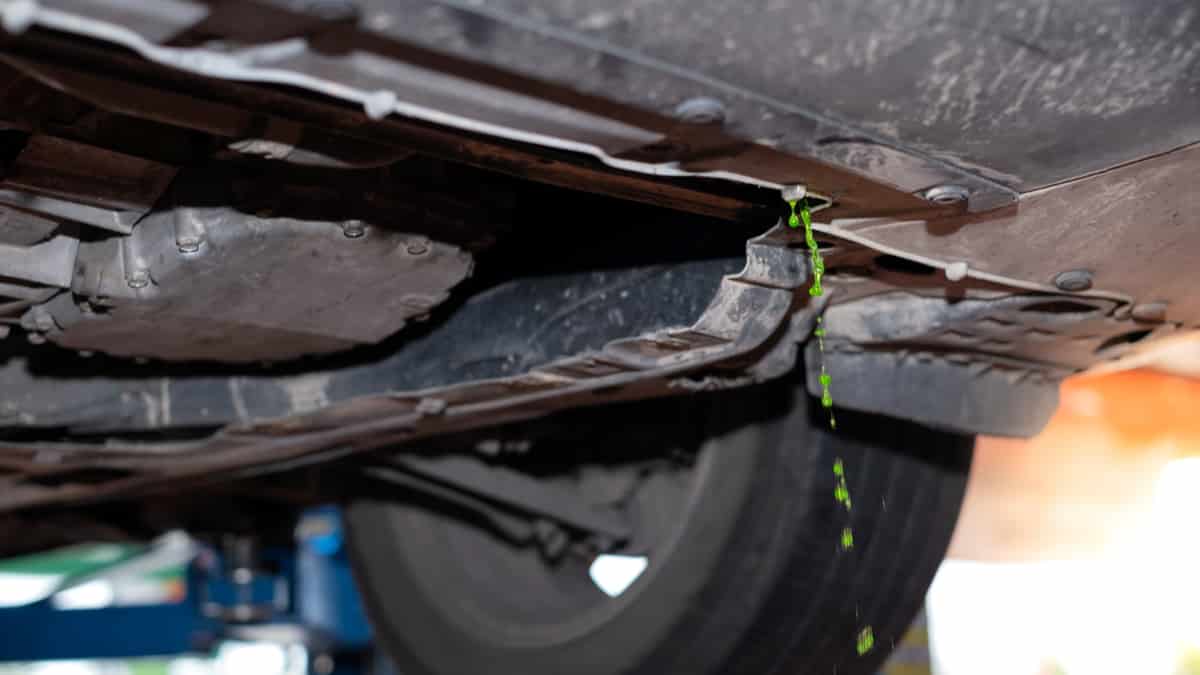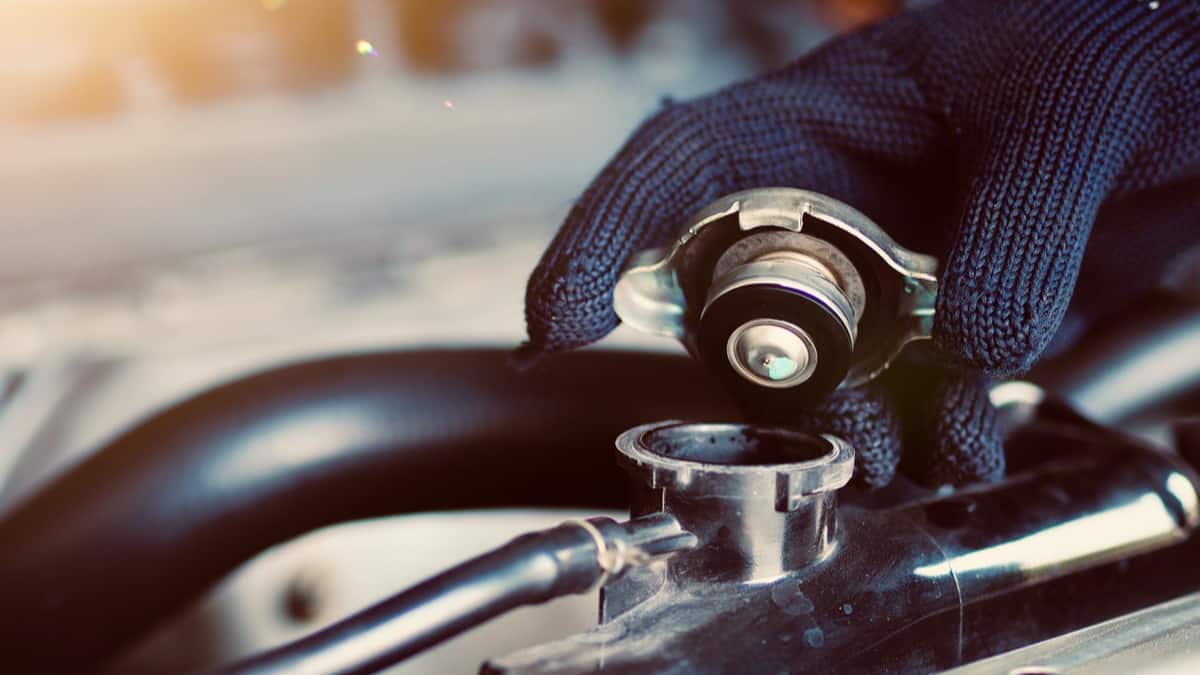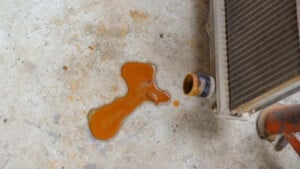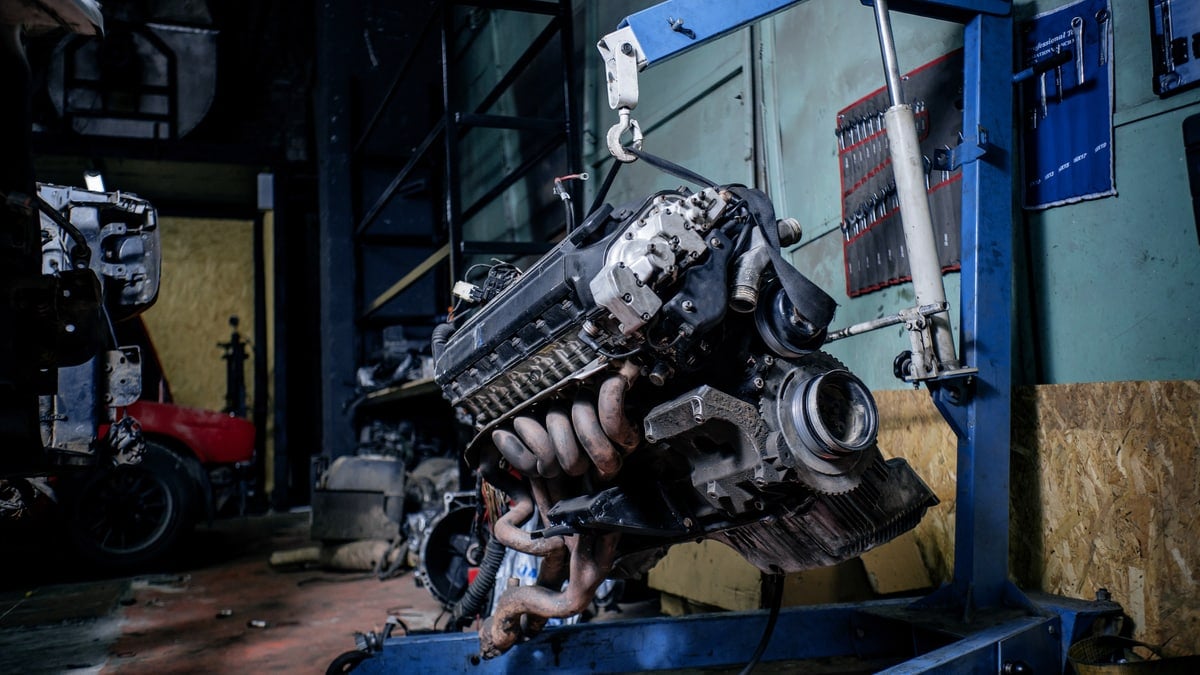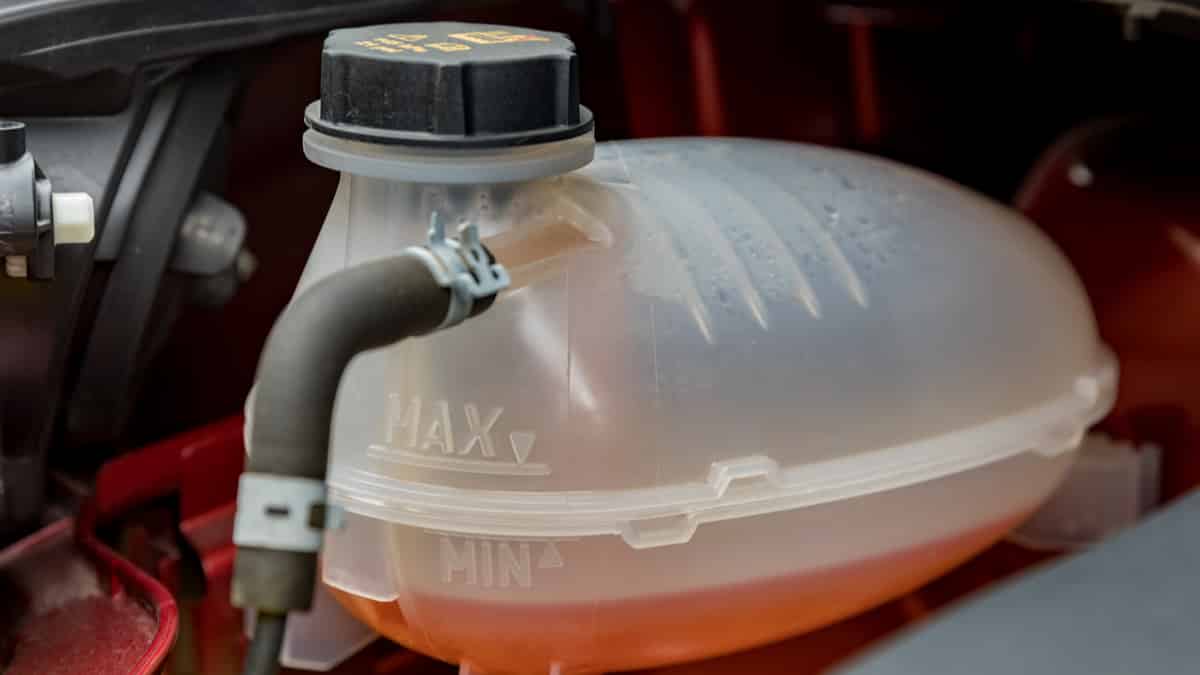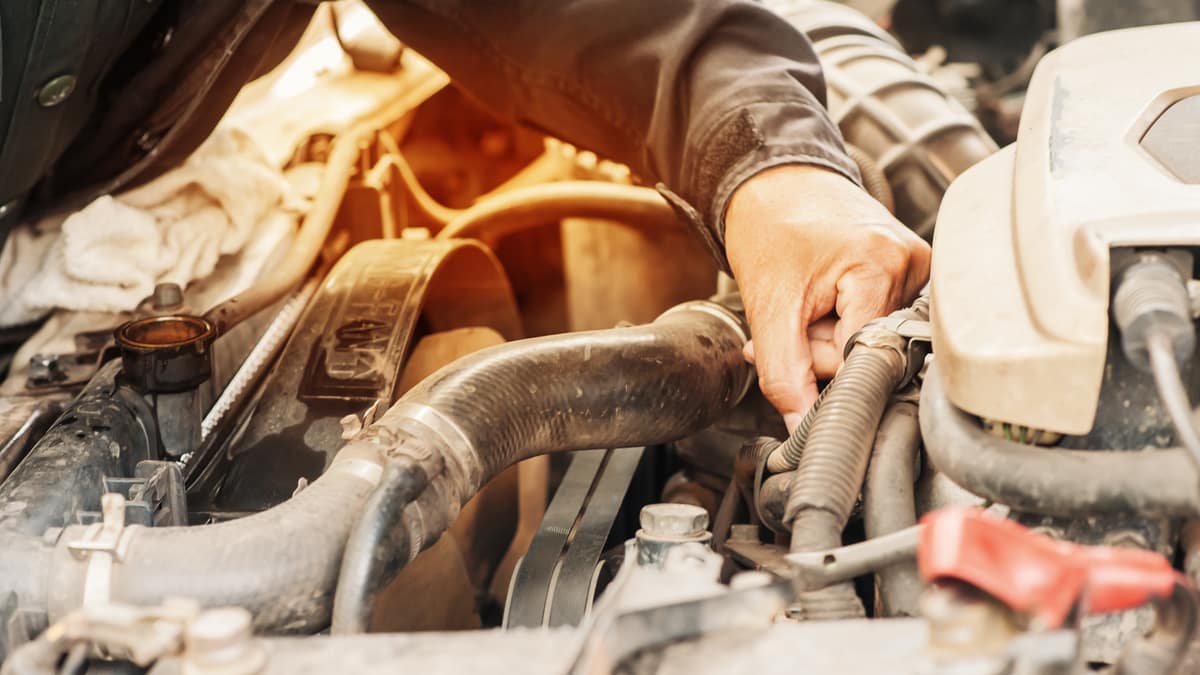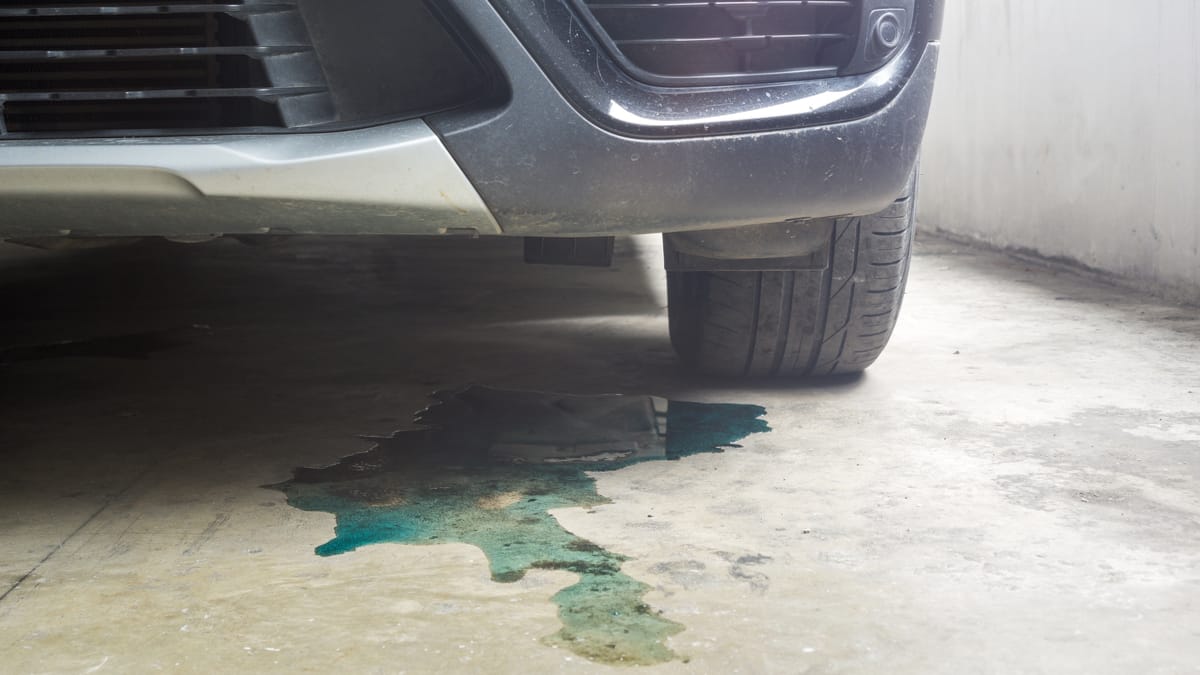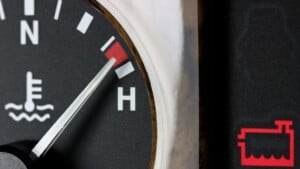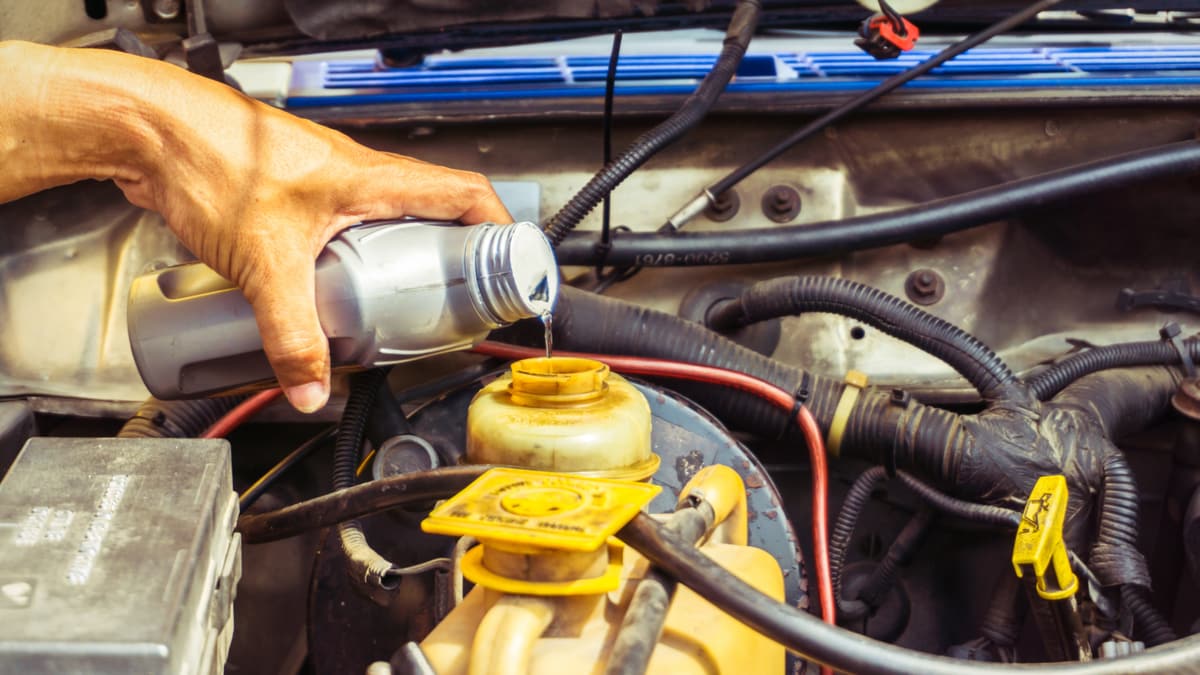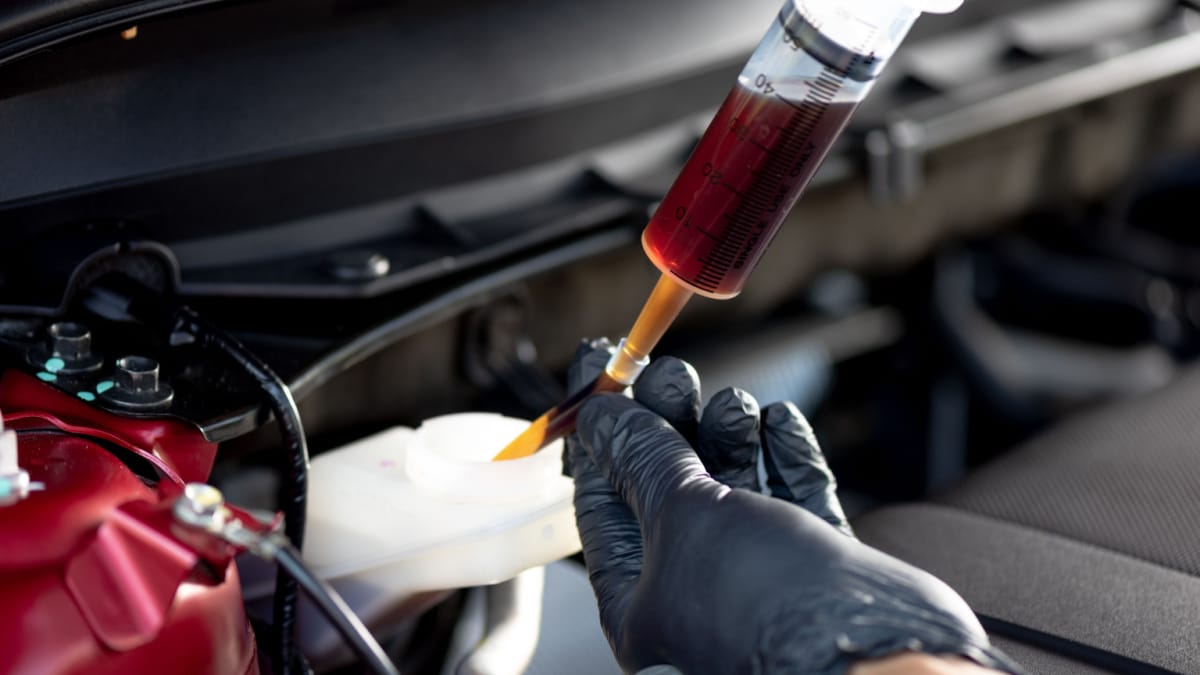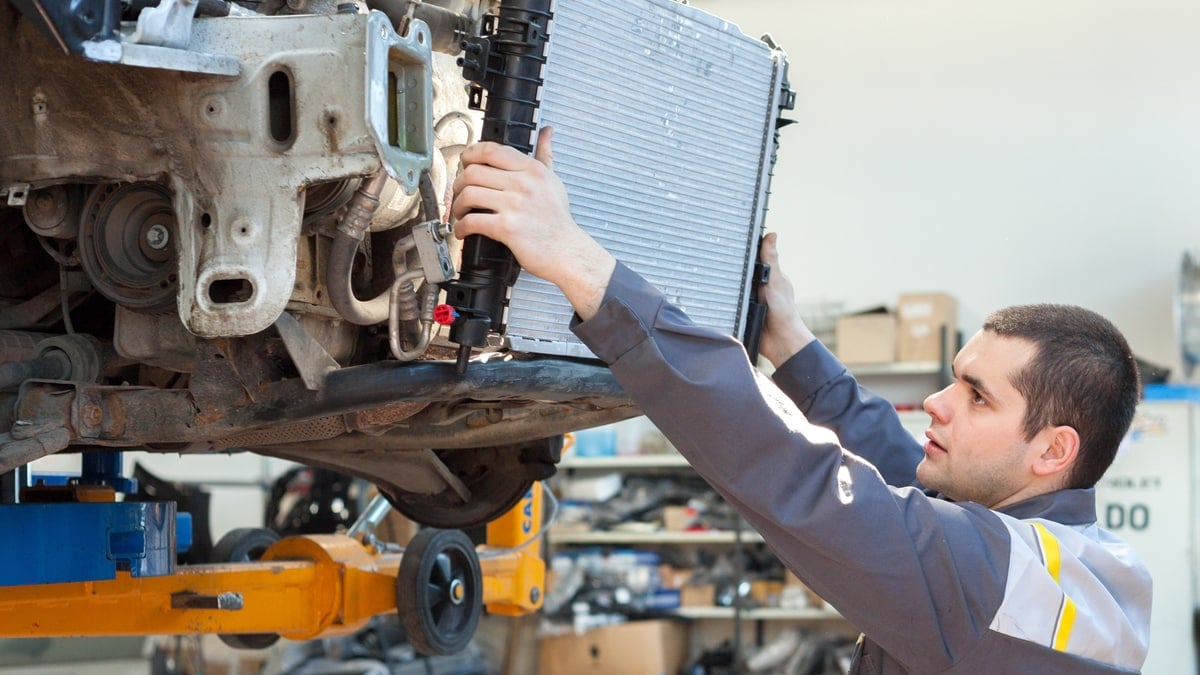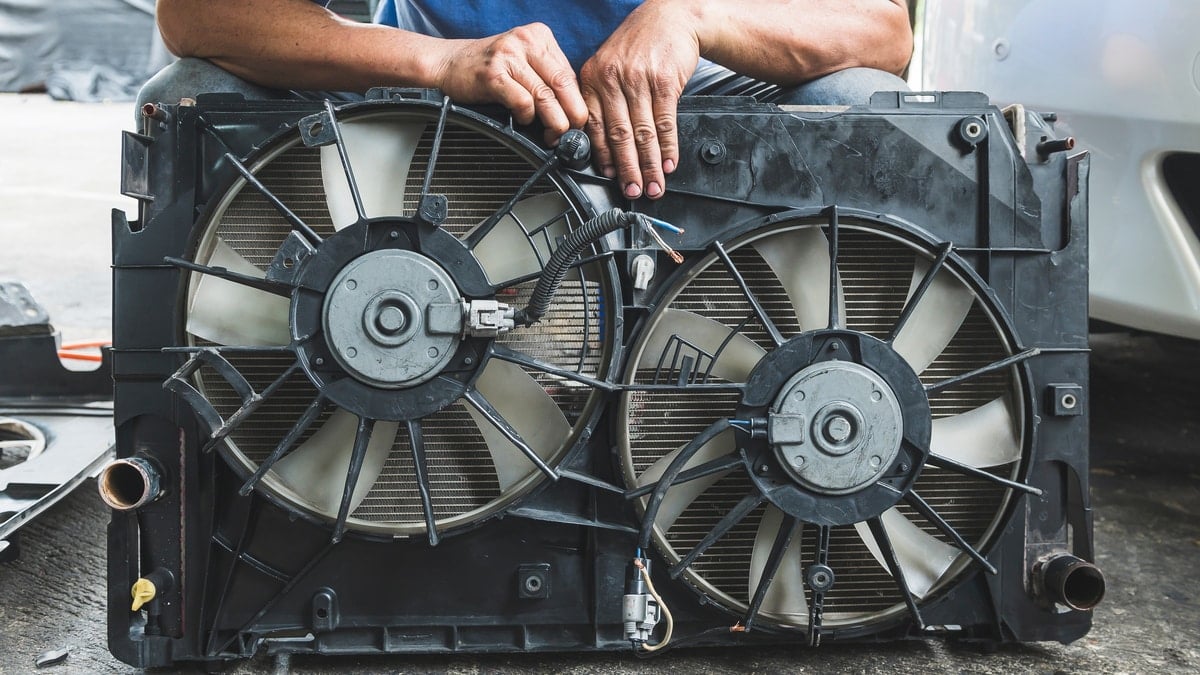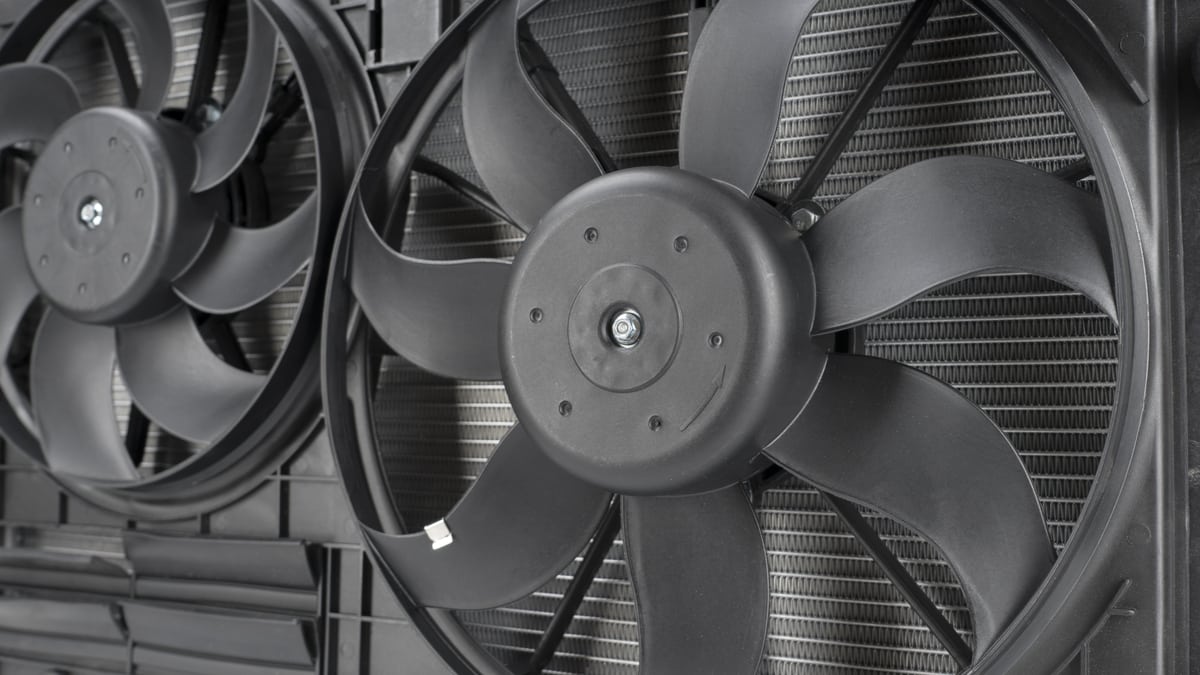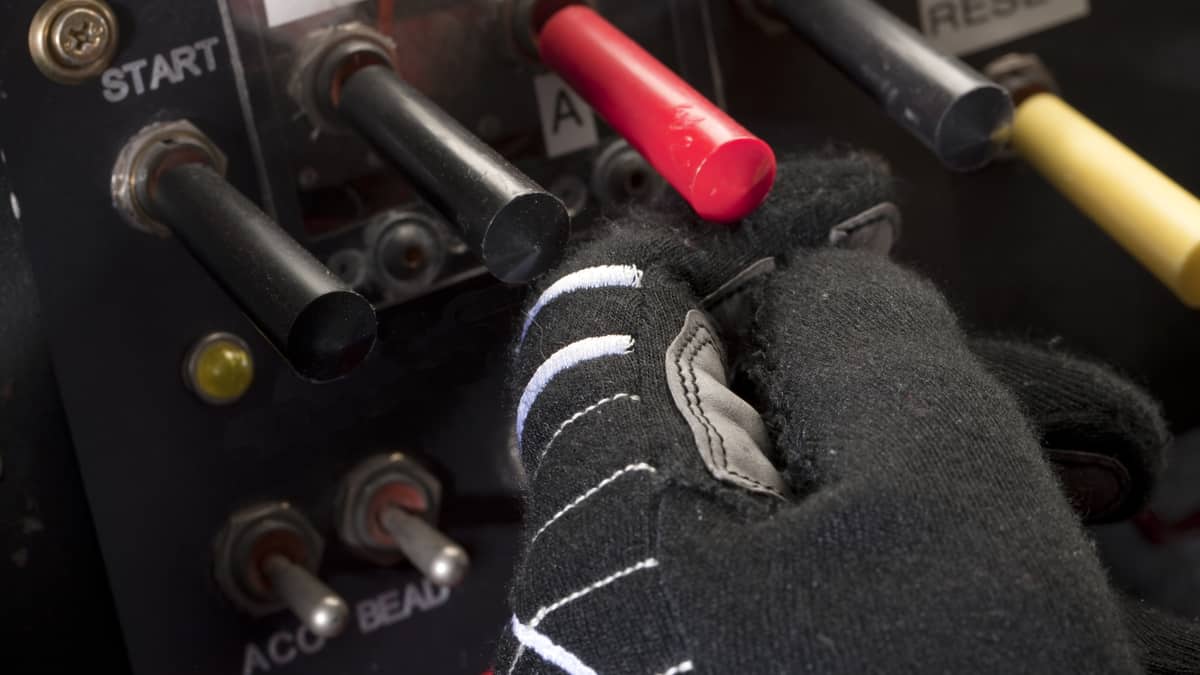Regular car maintenance is essential if you want to keep the vehicle running as long as possible. One of the most important tasks to learn is how to flush a car radiator, especially if you want to keep the engine cool and prevent damage.
In this guide, I walk you through the steps to flushing the car radiator. I also take a closer look at the cost of a professional radiator flush. Additionally, I review the signs that it is time to get a coolant flush, ensuring you always take care of your car engine.
How to Flush a Car Radiator
Allow Engine to Cool
While you wait, gather all of your supplies to make the job easier. Once the engine is cooled, you are ready to pop the hood and get started. You should also put on protective clothing, gloves, and eyewear to ensure maximum protection.
Drain Coolant
Some car models do not have this drain, and in these cases, you need to remove the lower coolant hose. Ensure there are no pets close when you are doing this because anti-freeze is extremely poisonous to them and if they drink it, they can get seriously injured or even die.
Remove the petcock or hose and allow the coolant to drain. Once it has finished, you can close the petcock and continue with the next steps. Make sure you transfer the old coolant into a reliable canister to take for recycling. Reinstall the hose or drain petcock.
READ MORE: How to Safely Dispose of Old Antifreeze
Flush Radiator
Shut off your vehicle and wait for it to cool again. Follow the previous step where you open the petcock and allow the water to drain into the pan.
Professional mechanics use special coolant flush machines for this task, which will make it much faster and easier. However, most people don’t have these expensive tools at home.
Add New Coolant
Put a funnel in the radiator cap inlet and pour in your appropriate antifreeze mixture. There are also premixed solutions available to buy, but you can expect to pay more for the convenience.
Also, fill up the coolant level until it reaches the maximum line on the overflow plastic tank. You don’t want to overfill the system, or it could lead to an excessive amount of pressure. If your car uses an expansion tank, it should be filled to the max sign.
RELATED: Can you Mix Different Types of Coolant? (Which Types?)
Test Drive/Top Off Coolant
Then you can take it for a drive around the block to get everything circulating. When you get the vehicle back, check the system for leaks. Additionally, when the engine is cooled off again, you should double-check the levels.
If the levels have gone down a little, top it off. Once you are finished, you shouldn’t have to put more coolant in until the next service interval.
LEARN MORE: How to Bleed Your Cars Cooling System (9 Easy Steps)
What’s the Purpose of a Radiator Flush?
The radiator is needed to help dissipate the heat coming from the engine. It’s an important part of the coolant system. However, as time goes on, the coolant inside the radiator can become contaminated and old. If you allow the old coolant to continue circulating, heat can’t be dissipated, leaving the engine more vulnerable to overheating. It can also cause corrosion and rust inside your engine.
You could drain the coolant and refill it, but this doesn’t get all of the old liquid out. It also won’t remove all of the contaminants. Because of this problem, the new coolant will mix with contaminants, degrading the fresh fluid you just put in.
It’s best to flush out the entire system, ensuring all of the old coolant is pushed out. Once that happens, you can add fresh coolant and know it will perform to optimal levels.
The other benefit of performing a coolant flush is to get a closer look at the system. When you drain all of the old fluid and start flushing it, you can inspect the cooling system. This simple step gives you the opportunity to spot small leaks or problems before they turn into something larger. With a quick repair, you can head off any major engine issues down the road.
Signs a Radiator Flush is Needed
In general, a radiator flush should be done every five years or 100,000 miles (or what the maintenance schedule of your car model says), whichever comes first. However, there are different types of coolant, leading to varying intervals. Aside from the regular service, there are warning signs indicating that you might need a radiator flush at a different time.
If the engine has started overheating, it’s one of the possible symptoms that the engine coolant is contaminated or that you might be having radiator clogs. First, check the coolant level to make sure it’s full. If there are no other reasons for the overheating condition, a coolant flush could resolve the issue. However, there are of course many other components, like the water pump or a blown head gasket that can cause your engine to overheat.
RELATED: 9 Causes of an Overheating Car Engine (& How To Fix)
If you see debris floating in the coolant, this is another indicator that a flush might help. You also want to look for any steam or take notice of unusual smells coming from the engine bay. However, if you are hearing strange engine noises, such as knocking or grinding, or there is coolant leaking from the system, you have bigger problems to deal with, and a closer inspection is required.
Coolant Flush Cost
If you have the radiator or coolant flushed professionally, you might spend $50 to $300. The cost depends on the vehicle you drive, the amount of coolant needed, and the type of shop you visit. If you are getting a radiator flush at the local lube, you will spend far less than if you visit a dealership.
Additionally, the labor costs vary by the part of the country you are in and whether you live in an urban or rural environment.
If you shop around for the best price, you can save a lot of money. However, you don’t want to go with the cheapest shop based on price alone. It’s also wise to read the customer reviews to ensure your vehicle will be taken care of. You can also ask the establishment if it offers any coupons. Occasionally, you can save a few bucks off the radiator flush because of a monthly special. There are also some locations that provide pre-paid maintenance services that help you keep the costs down. If you plan to visit the same location for all of your services, this might be a good option.
If you are mechanically inclined, you can perform your own radiator flush, allowing you to save a lot of money. There are DIY kits sold for $15-$65. However, you might need to purchase some additional supplies to go with it, including the coolant. Expect to spend $2-$20 on a garden hose adaptor and $4-$20 on a radiator cleaner if you don’t want to use distilled water. You will also spend $10-$35 for a gallon of regular coolant or $15-$65 for something better.
Can I top up coolant without flushing?
You can absolutely top up the coolant if you want. However, the mineral deposits and rust won’t flush out this way, and they will remain in your cooling system. Therefore, it is better to do a real coolant flush for a much better result. If you need to top up coolant, there is most likely a coolant leak somewhere that needs to be repaired.
Can you flush coolant with tap water?
You can flush coolant with tap water, but it’s not recommended. The minerals in hard water can enter and cause build-up in the cooling system. It’s best to use distilled water to flush the system and then replace the coolant.
What is the best thing to use to flush a radiator?
There are a few different approaches that can be taken when flushing a radiator, and the best option may depend on the severity of the clog. The best thing overall to use is a special coolant flush cleaner. However, if your car only requires a light flush, distilled water works well and you can also do a 50/50 mix with white vinegar and destilled water.
Categories: Coolant, Guides, Maintenance
